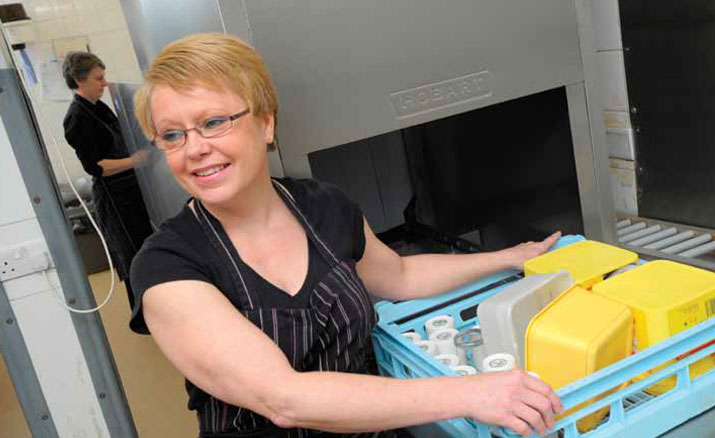All Washed UpExtract from FSM article August 2014 |

|
| < Back |
Warewashers are essential kitchen items but with the huge array of makes and models on the market, choosing the right one is a complex task.From small semi-commercial machines with simple push button operations to large flight machines with touch screen controls and intelligent technology as well as heat recovery units and dryers there is a lot for operators to take into consideration when it comes to warewashers. Broadly speaking there are three main types of warewasher: undercounter units, pass through or hood machines, and single/multi-tank rack or flight conveyor systems.The first step in the procurement process is to ascertain how many dishes or glasses are going to be cleaned every hour. Operators need to think about how many covers they have and how frequently the tables are turned to get an accurate indication of their business needs.If operators are unsure suppliers will be able to help and may even complete a site visit to get a better picture of the business. Buying a warewasher is not just about the machine itself, there are several other factors that operators need to take into consideration. Water is an important element when it comes to washing items, so operators need to find out whether it is suitable for their machine. Machines require a softener if the water supply exceeds 100ppm, which applies to most of the UK, explains Bob Wood, Managing Director, DC Warewashing and Icemaking Systems. Water softeners will remove scale from the water before it enters the machine and protects its heating elements, as well as allowing detergent to work more effectively. By having a water softener on the machine, operators will greatly improve washing results, reduce running costs and increase the life expectancy of the machine. |
Read Similar
Licence to Chill |
Let there be life! |
Kitted Out |
Clean Catering |




